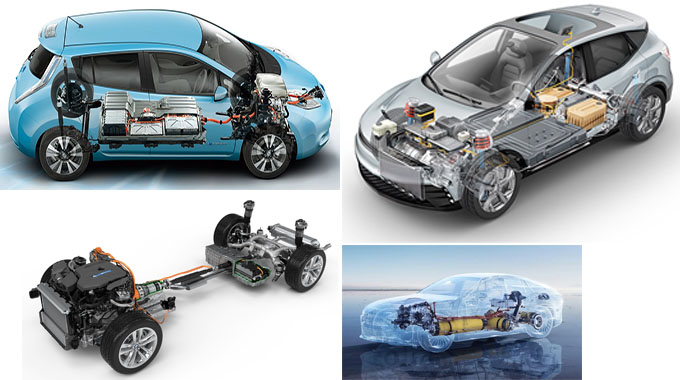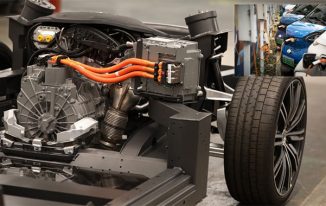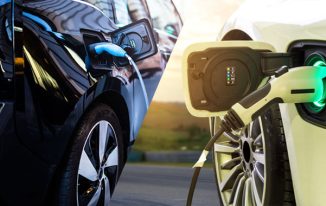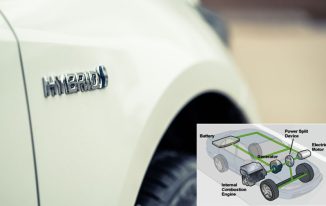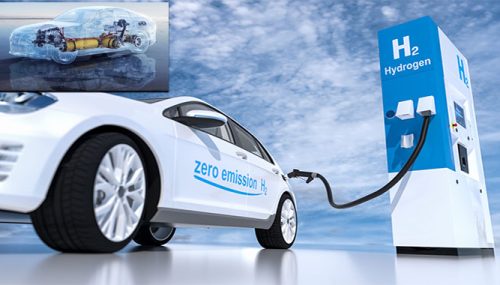The automotive industry is undergoing a revolutionary transformation as electric vehicles (EVs) take center stage in the quest for sustainable and efficient transportation. Within the realm of electric cars, there are distinct categories, each harnessing unique technology to cater to diverse consumer needs. In this article, we explore the four primary types of electric vehicles: Battery Electric Vehicles (BEVs), Hybrid Electric Vehicles (HEVs), Plug-in Hybrid Electric Vehicles (PHEVs), and Fuel Cell Electric Vehicles (FCEVs).
Battery Electric Vehicles (BEVs): Driving Towards a Cleaner Future
Battery Electric Vehicles, or BEVs, are at the forefront of the electric revolution. These cars rely solely on electric power stored in high-capacity batteries. With no internal combustion engine, BEVs produce zero tailpipe emissions, making them a key player in reducing environmental impact. Popular models like the Tesla Model S, Nissan Leaf, and Chevrolet Bolt exemplify the advancements in battery technology, offering impressive ranges and efficient performance. BEVs are the epitome of a sustainable driving future, providing a clean and silent ride.
Hybrid Electric Vehicles (HEVs): Striking a Balance Between Gas and Electric Power
Hybrid Electric Vehicles, or HEVs, seamlessly blend traditional internal combustion engines with electric propulsion. These vehicles use both a gasoline engine and an electric motor to optimize fuel efficiency and reduce emissions. HEVs, such as the Toyota Prius and Honda Insight, automatically switch between electric and gasoline power depending on driving conditions. This dual-power system results in improved fuel economy, making HEVs an excellent choice for drivers seeking a more sustainable option without the need for frequent charging.
Plug-in Hybrid Electric Vehicles (PHEVs): The Best of Both Worlds with Extended Electric Range
Plug-in Hybrid Electric Vehicles, or PHEVs, take the hybrid concept to the next level by offering an extended electric-only range. PHEVs come with a larger battery pack that can be charged via an external power source, allowing for emission-free driving during short commutes. When the electric range is depleted, the vehicle seamlessly transitions to conventional hybrid operation. Models like the Mitsubishi Outlander PHEV and Chevrolet Volt showcase the flexibility and convenience of PHEVs, providing drivers with the freedom to choose between electric and hybrid modes based on their needs.
Fuel Cell Electric Vehicles (FCEVs): Harnessing Hydrogen for Clean Mobility
Fuel Cell Electric Vehicles, or FCEVs, represent an innovative approach to emission-free driving by utilizing hydrogen fuel cells. These vehicles convert hydrogen gas into electricity, emitting only water vapor as a byproduct. FCEVs, like the Toyota Mirai and Hyundai Nexo, offer quick refueling times and extended ranges, addressing some of the limitations of battery-electric vehicles. While infrastructure for hydrogen refueling is still developing, FCEVs showcase the potential for hydrogen as a clean and sustainable energy source in the automotive industry.
As the automotive landscape evolves, the four types of electric vehicles—BEVs, HEVs, PHEVs, and FCEVs—offer consumers a range of choices to align with their preferences, driving habits, and environmental goals. Whether prioritizing pure electric power, hybrid flexibility, extended electric range, or hydrogen fuel-cell innovation, these electric cars collectively contribute to a cleaner and more sustainable future for transportation. The road ahead is charged with possibilities, and the diversity within the electric vehicle market promises to redefine the way we drive.

